Roofing Marketing: Where Organic & Paid Tactics Fit in Your Strategy?
The roofing industry is such a cutthroat field that your roofing marketing efforts must be impeccable to outshine all the competitors and keep your business on the crest of the wave. But with all the organic marketing and advertising solutions available, which should you adopt to market your roofing company productively?
Whereas these two can and do work in tandem, it’s more than vital to understand their differences in order to leverage their strengths to the fullest.
Organic Marketing: The Fundamentals
#1. Its Definition
First of all, what is exactly organic marketing?
Actually, its definition is pretty straight forward: Organic Marketing refers to the act of getting your customers to come to you naturally over time, rather than ‘artificially’ via paid links or boosted posts.
In practice, organic marketing is best adopted to develop a brand voice, foster authentic interactions with customers, educate and convert blog readers as well as generate traffic to the landing pages, your roofing website, or other digital platforms such as Facebook or LinkedIn page. If you’ve been in the marketing world for a little white, you may have also heard it by another name: inbound marketing. Basically, it sits at the top or “awareness” stage of your funnel.
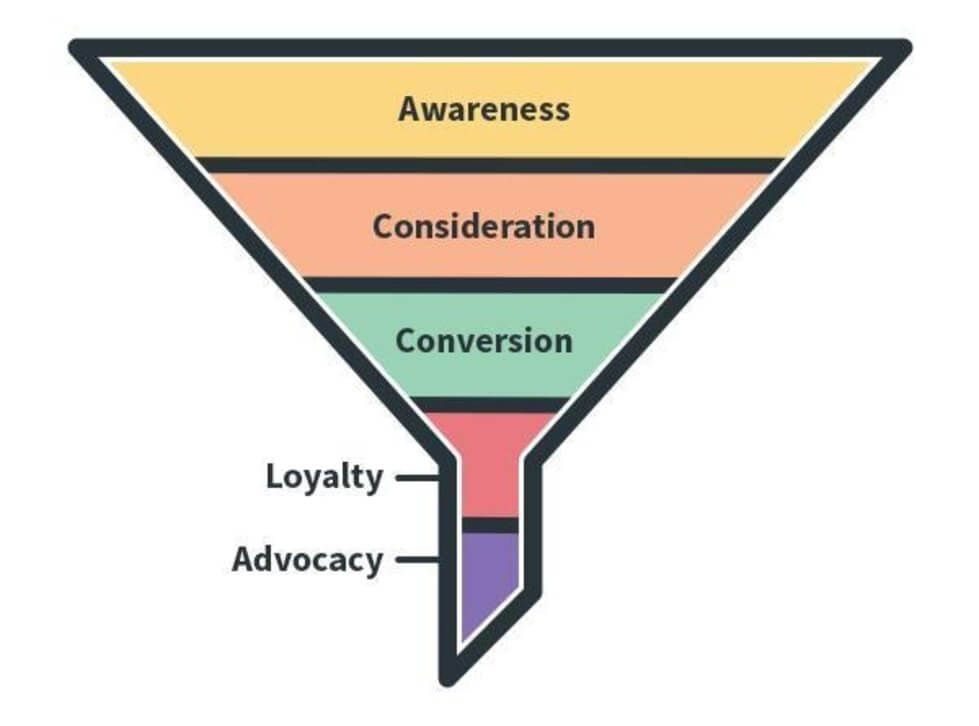
#2. Its Major Channels or Platforms
With such type of marketing, people, most of the time, get to know your roofing business through search engines, web blog, and social media channels – These all work together as essential parts of your organic marketing cycle. Should you still be vague about this marketing concept, don’t panic! Here’s an in-depth example of this in action:
- Every month, you publish a wide variety of SEO-optimized blog posts for your website that is closely aligned to what your customers care about, your roofing services, your business day-to-day, and even the broader industry in which your business operates.
- Then, you or your marketing team will share those posts on your existing social media sites, tagging influencers and brands where appropriate. What’s more, you can employ such pieces of content in the weekly or monthly newsletters to subscribers via mails.
- When all is said and done, you will analyze the volumes of organic traffic driven to your sites to see which specific posts or types of information are boosting the most traffic or which ones are found organically. No matter how simple this practice seems to be, these metrics will allow you to figure out which blog posts are either the most effective at generating sales and leads or cornerstone content that powerfully “pulls” traffic to your site without any additional marketing support.
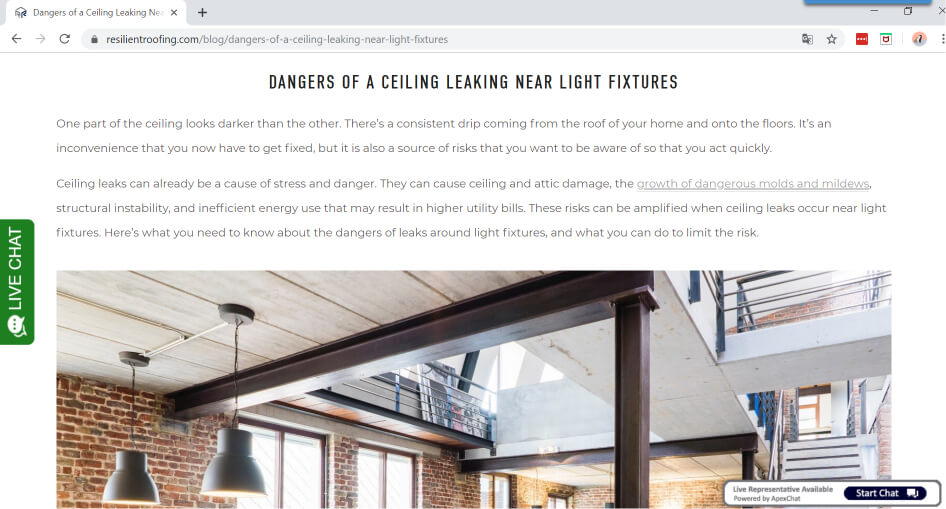
#3. Its Targeted Value
So, what can you draw in from this given example?
Rather than hardly “pushing” your service to your targeted audiences, organic marketing tactics are working towards the natural, authentic, and value-based approach. In this way, the benefits that your roofing business reap from such tactics are often cultivated over longer periods of time, ultimately allowing you to establish high-value brand equity that your customers can trust. Thus, though you’re doing less “pushing” with organic marketing, you are entirely able to generate a steady stream of loyal traffic as well as build your own solid customer base (of course, with all things being done right).
With organic marketing, actions are much more intentional and typically focused on things like:
- Informing or educating your customers
- Optimizing blog content and pages for SEO (Which can boost traffic by 571 percent when done right!)
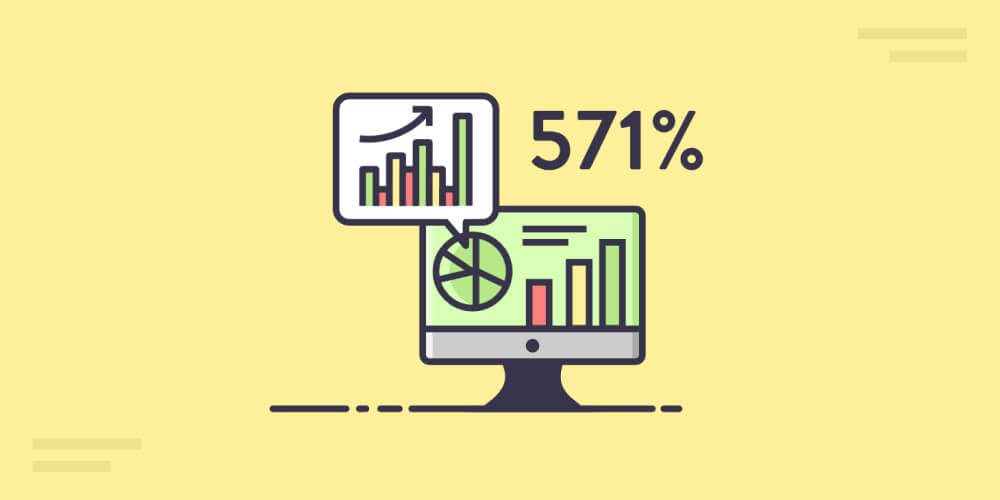
- Moving the needle on high-level company goals
- Driving authority in your niche
- Using targeted inbound/outbound linking strategies
- Developing a long-lasting brand
#4. Its Performance Measurement
To thoroughly perceive the success of your marketing efforts, it’s a “should” that you carefully track the following metrics:
- Traffic: This measures which blog posts are driving the most traffic to your site and/or to specific landing pages (which much depend on the nature of your blog post).
- Organic Traffic: This refers to how well your on-page SEO is actually working.
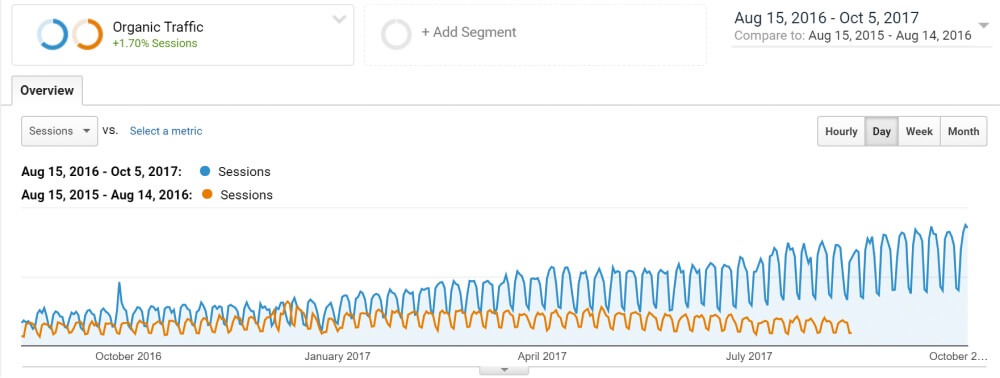
- Leads or Sales: This reflects how many leads or sales are being generated directly by social media channels, blog posts, and/or on-page SEO efforts.
- Formats: This particularly points out which specific formats – blogging, social platforms, email,… – boost the largest volume and/or highest-converting traffic to your roofing site or landing pages.
Paid Marketing: The Fundamentals
#1. Its definition
In sharp contrast to organic marketing, paid marketing – which is sometimes known as “advertisement” – refers to external marketing efforts that involve a paid placement, which typically includes PPC advertising, branded content, and displays ads.
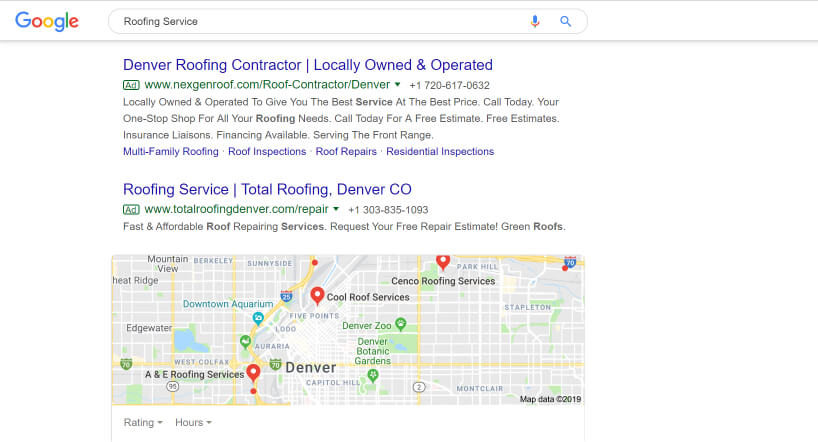
A super-powerful feature of paid marketing is that it allows businesses to target, reach, engage, and convert their audiences quickly and directly. Instead of waiting – or hoping – for someone to find your roofing service in the organic search result or on social channels, paid marketing has you “pushing” content – mainly in the form of ads – directly to your target audiences. Thereby, such type of marketing is much more sales-forward and focused on driving specific actions such as take a call or make a service booking.
#2. Its Major Channels or Platforms
Within the ever-evolving marketing landscape, your roofing business has multiple channels to spread its message. From television and radio to billboards and digital media, your advertising options are almost endless. Each platform offers benefits that not only can increase your business reach but also establish your customer base. In order to decide on the right roofing advertising platform for your marketing efforts, it’s imperative to first “map out” the details of your campaign.
- Goal: Identify the exact goal of your advertising campaign. Would you like to simply increase traffic to your website or also boost roof leak service calls?
- Budget: What is your estimated budget for these advertisements? What ROI (Return On Investment) are you expecting from your roofing advertising?
- Run Time: How long will such a campaign last? Will your campaign be weeks long? Or Months?
Let’s take a look at this example to grasp a better understanding of paid roofing marketing!
- You have set new quarterly goals for your small roofing business, which may be to increase qualified leads and double bookings for your service. In order to hit those goals, you need to be 200% sure that your marketing campaign works effectively. That requires thorough testing and refining of 5-10 sets of ads over the course of 10 or so weeks.
- Once the results are in and you already know which specific ads are performing the best, you will dedicate the last two weeks of the quarter to put money behind those top-performing ads.
- At the end of the quarter, what you are expected to do is to review the campaign data and then determine the key success metrics: total amount spent, ROAS (return on ad spend), and so on.
As paid marketing would suggest by its name alone, you’re spending money on ads to drive specific actions. As a result, it’s “must” that you clearly determine ROAS beyond vanity metrics alone (like engagement or total leads). To be more specific, if you drove ten leads but spent $5,000 on your paid campaign, your ROAS would be $500 per lead, which is a bit steep, at least in your roofing niche. In this case, it’s a smart move to adjust your advertising strategy to avoid wasting money.
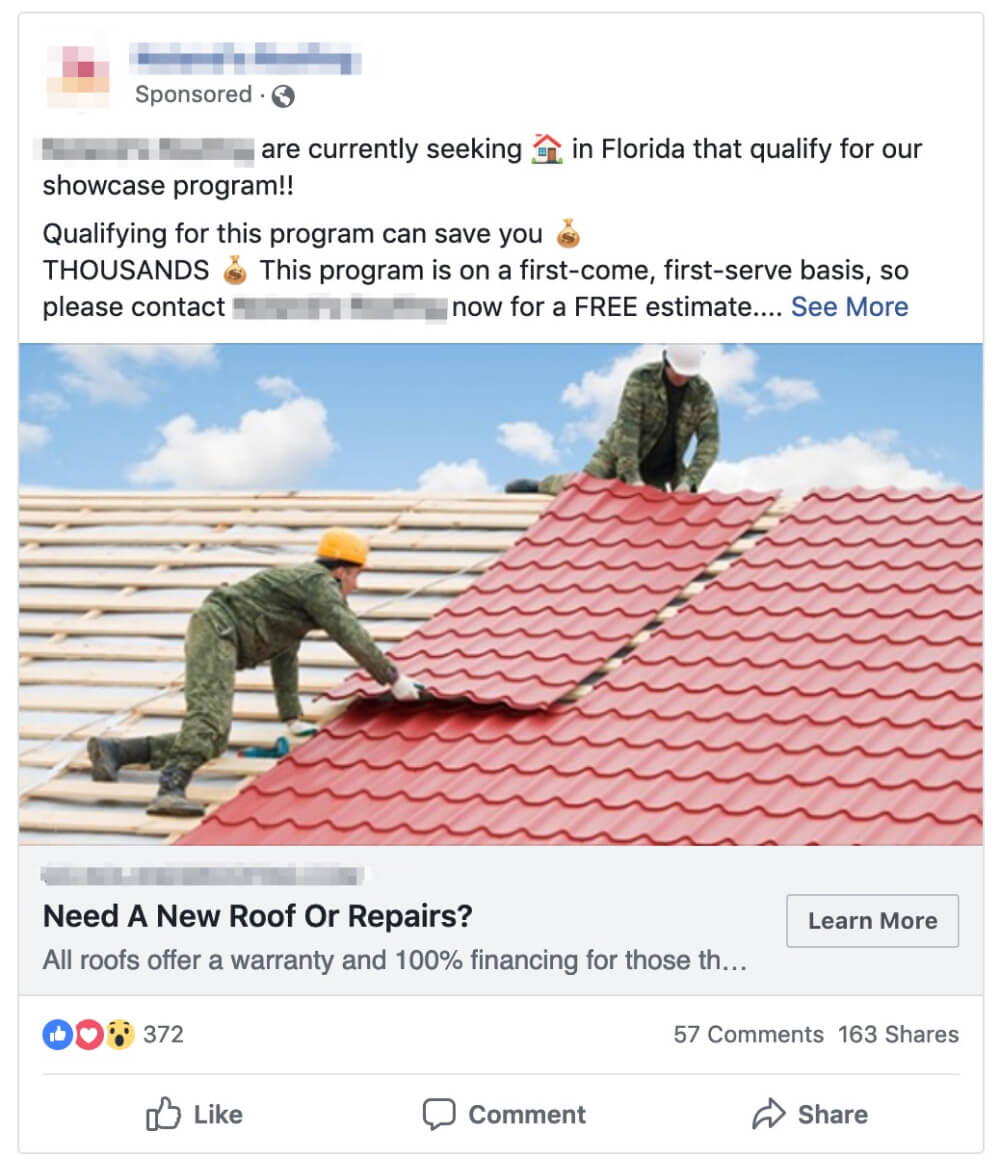
#3. Its Targeted Value
There is no doubt that paid marketing is most effective in driving quick results or a hard sell. Each paid ad will likely point to a particular product page, a specific landing page, or something that has the potential to drive “financial” results.
With paid marketing, your tactics can be designed to drive these desirable actions like:
- Achieving solid ROI and ROAS
- Driving valuable impressions
- Obtaining quantifiable results
- Hitting specific sales goals
- Optimizing ads in real-time to achieve maximum effectiveness
- Testing campaigns to identify what works to drive campaign goals
#4. Its Performance Measurement
To understand the success of your paid marketing efforts, you’d want to track:
- Conversion Rates: This figure quantifies the traffic driven by ads and, of that traffic, what percentage has successfully encouraged or converted customers into doing your desired action.
- Ad Engagement: This refers to which specific optimizable components of an ad – image, text or calls-to-action (CTAs) – have the highest probability of encouraging consumers to click.
- Platforms: This statistically reflects which platforms generate the most leads and the highest converting leads.
- Ad Types: This reveals which ad types – boosts, retargeting, look-alike audience ads, … – drive the highest overall conversion rates for your roofing company.
Where Do Paid & Organic Fit in Your Roofing Marketing Strategy?
So, should you invest in organic or paid marketing after all? The simple answer is that most businesses need both!
No matter how contrasting they seem to be, organic marketing and advertisement complement each other well. In practice, you may have even noticed that there are some areas of overlap between the two, as both can be used to drive engagement, acquisition, and conversion – just in their own unique ways.
Advertisement is super-powerful when it comes to delivering quick results as well as directly pushing sales volume. However, not all businesses will have the need or even the budgetary resources to deploy paid marketing campaigns, especially in the case of start-ups or small businesses operating on a shoe-string budget. Thereby, every single business, just like your roofing one, should enthusiastically embrace organic marketing.
Actually, a marketing campaign built only on paid practices is often shallow – it does little help in terms of fostering an authentic connection with both your would-be and existing customers. Should all they see are ads – with no educational content, informational emails, or even engaging social media posts to complement those ads, there is every likelihood that you lose the mind share of your customers and gradually lag behind your competitors.

Once you start off mapping out your roofing marketing strategy, it’s of utmost significance to consider how you can best address all of your business goals through a combination of organic and paid marketing tactics. Whereas some goals will lend themselves to one or the other, the other ones may require a combination of the two workings hand-in-hand. Either way, if properly planned and executed, such types of marketing will help you achieve your business goals with impact and efficiency.
When both sides of marketing are feeding your customer funnel successfully, you know you’ve found the perfect balance. Now, all you have to do is to test and fine-tune along the way.
The Bottom Lines
With millions of roofing companies jostling for customers’ top-of-mind, getting your business the attention it deserves is tough work. To perform such “tough work” profitably, it’s essential that you take very roofing marketing effort into great consideration – both organic and paid ones. A smart combination of these two is definitely a winning formula of success.









